
If you're not preparing a holiday feast for a hungry horde, making a turkey breast instead of a whole turkey is a sensible option. It's more manageable and much faster to cook. But if you're preparing a skinless breast, a little extra care is needed, as it's more likely to dry out.
Brining a Skinless Turkey Breast
Since the skin helps keep turkey meat moist, consider brining first when preparing skinless boneless turkey breast recipes with a dry-heat method like roasting. It's optional, but helps you turn out a moister, tastier finished product.
All you need for a brine is water and salt, but you can add more to flavor the food. Fill a nonreactive dish or pot with enough water to fully submerse the breast. Dissolve in 1 cup of crystal kosher salt or 3/4 cup of coarse kosher salt per 2 quarts of water (or 1/2 cup of noniodized table salt). If you like, add in herbs, spices or other aromatics that complement your preparation.
Place the turkey breast in the brine and cover the dish or pot with plastic wrap. Soak it for four to six hours in the refrigerator (never out on the counter). Don't go longer, or the meat gets too salty and starts getting mushy. When time's up, rinse the breast, pat it dry thoroughly and discard the brine.
Skinless Turkey Breast Roasting Temperature
When making skinless, boneless preparations like turkey breast fillet recipes or turkey breast tenderloin recipes, roast at a lower temperature for a longer time. Gentler, slower cooking is less likely to dry out the turkey meat. Preheat the oven to 325 degrees Fahrenheit while you prep.
If you peruse roasted turkey recipes, you often see them calling for a high oven temperature of 425 F or 450 F at first, then a reduction to 325 F or 350 F. This helps brown and crisp the skin, which isn't applicable with a skinless breast. Plus, skin helps protect the meat against drying out in higher heat, which also doesn't apply here.
Making Roasted Skinless Boneless Turkey Breast Recipes
For hot air circulation and even cooking, place the breast on the greased rack of a roasting pan, or on a roasting rack on a baking dish. Pour about 1 cup of water, broth, stock or white wine in the bottom; the steam during cooking helps keep the meat moist (and you don't have to worry about interfering with skin crisping).
Brush the turkey with melted butter or cooking oil. If you brined, use oil or unsalted butter rather than salted butter, or you may end up with a too salty finished dish. Season the turkey to taste with salt and pepper (again, go easy on the salt if you brined) and any other herbs, spices and aromatics you want. Basil, rosemary, thyme, sage and garlic are standards that work well; seasoning mixes like herbes de Provence, Italian seasoning or Cajun seasoning are convenient options too.
Cook the turkey breast to an internal temperature of 165 F at the center of its thickest point. A typical boneless breast of 4 to 6 pounds takes about 1 1/2 to 2 hours, but cooking time and turkey coloration varies, so use a meat thermometer to determine doneness. Remove it from the rack promptly and rest it for around 15 minutes before cutting, so the juices have time to settle.
Thawing a Frozen Turkey Breast
A frozen turkey breast can be cooked straight from the freezer, adding about 50 percent more cooking time. Or, there are three safe ways to defrost it.
- The best way is keeping it in the fridge for 24 hours per 4 pounds. This results in the least loss of moisture and quality, plus you can keep it for a day or two before cooking and you can refreeze it within this time without cooking.
- The second-best way is to fully immerse it in cold water in a leakproof package for about two hours per 4 pounds, refilling with new cold water every 30 minutes. Cook the turkey right away after thawing, including before refreezing.
- The least preferable way is in the microwave, using the defrost function or zapping it at 50-percent power. While this only takes a matter of minutes, it partially cooks the meat and is likely to leave you with an unevenly cooked, somewhat dry, chewy meal. If you thaw this way, the turkey must be cooked immediately, including before refreezing.
Check Out These Thanksgiving Dinner Recipes
Gallery (24 photos)


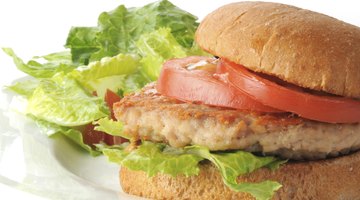
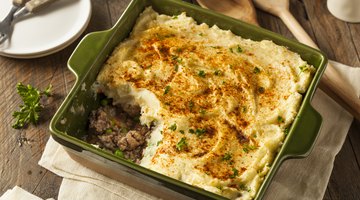

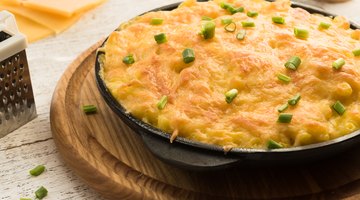

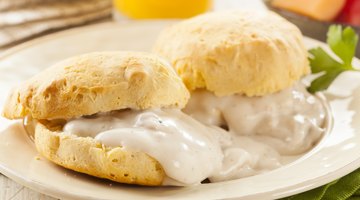
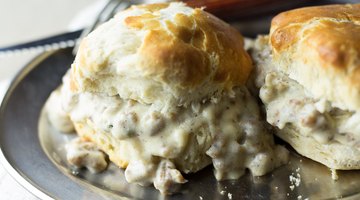



References
Writer Bio
Eric Mohrman is a food and drink, lifestyle, and travel writer living in Orlando, Florida. He spent 10 years working front- and back-of-house in restaurants, adding professional experience to his love of eating and cooking. His stories on food and beverage topics have appeared in numerous print and web publications, including Visit Florida, Orlando Style Magazine, CrushBrew Magazine, Agent Magazine, Dollar Stretcher Magazine, The 863 Magazine and others.